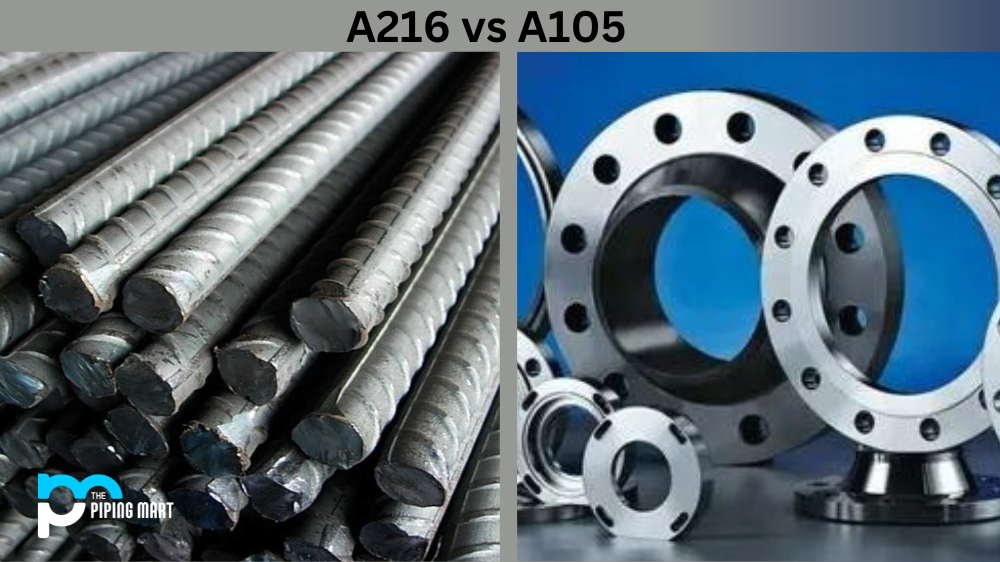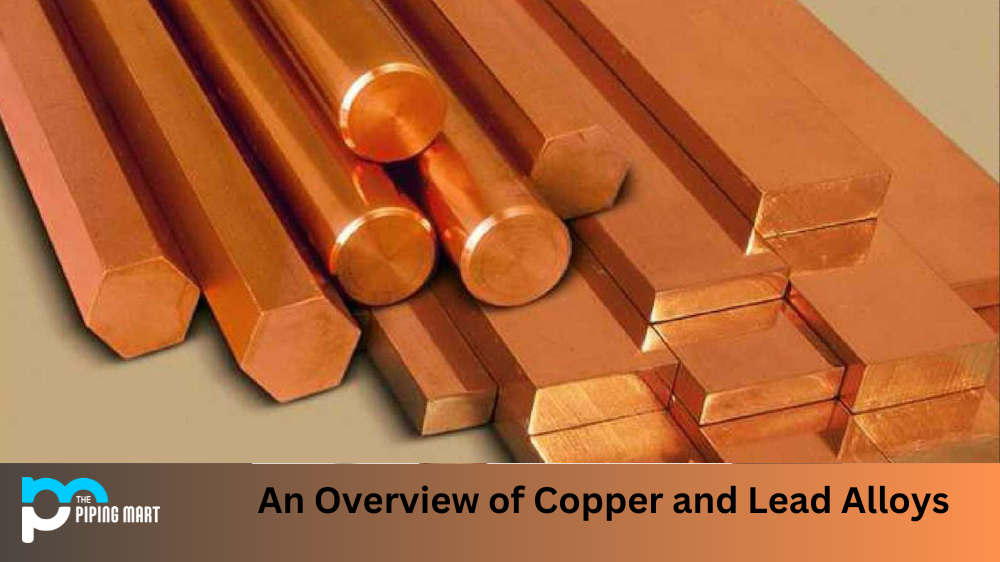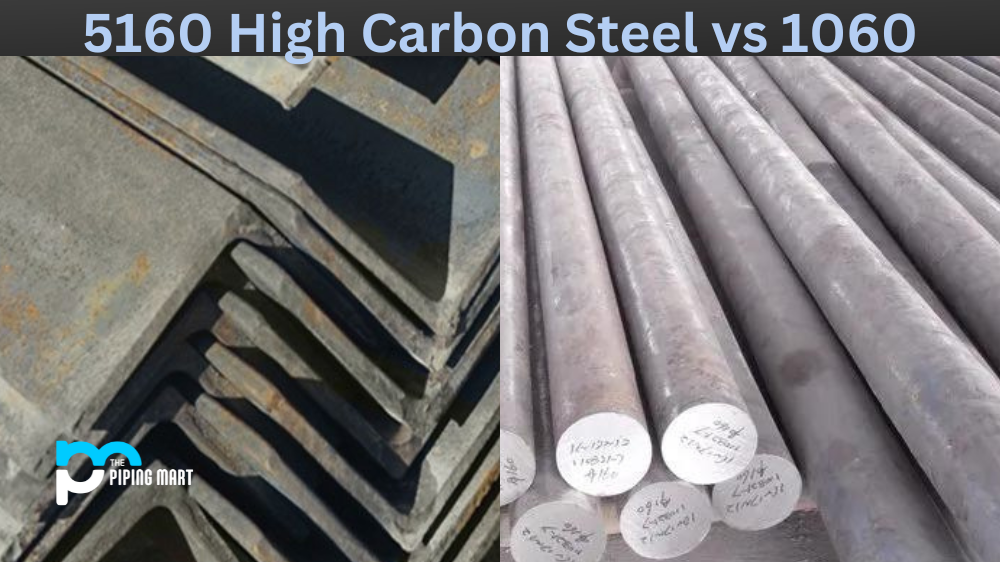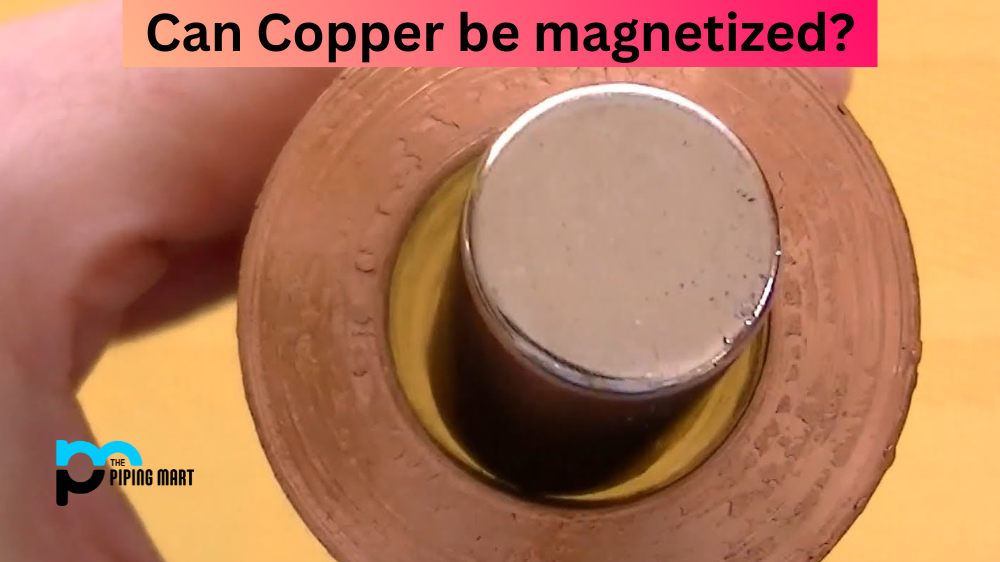When choosing suitable materials for your project, it’s essential to understand the differences between each option. In metal alloys, two common materials that often get compared are A216 and A105. Both are carbon steel castings used in various industries, but what sets them apart? This post explores the differences between A216 and A105, including their composition, properties, and applications.
Composition
A216 and A105 have different compositions. A216 is a low to moderate-carbon steel with a maximum carbon content of 0.30%, whereas A105 is a high-carbon steel with a full carbon content of 0.35%. Additionally, A216 contains silicon and manganese, while A105 contains silicon and phosphorus. These differences in composition affect the properties of each material, which we’ll discuss next.
Properties
The properties of A216 and A105 are different as well. A105 has higher tensile and yield strength than A216, which means it can withstand more significant stress and pressure. However, A216 has higher impact toughness, which absorbs more energy before fractures. A216 also has better corrosion resistance than A105, making it a better choice for environments prone to rust and corrosion.
Applications
The application of A216 and A105 depends on their properties and composition. A216 is commonly used in low-temperature and corrosive environments, such as chemical processing plants, refineries, and power generation facilities. A105 is mainly used in high-temperature and high-pressure services, such as pipelines, valves, and flanges. Both materials are suitable for casting, forging, and machining, but A105 is often easier to machine due to its lower silicon content.
Cost
Cost is another factor that may affect your choice between A216 and A105. A105 typically costs more than A216 because it has higher carbon content and better mechanical properties. However, the cost difference may vary depending on the materials’ source, quantity, and quality. Considering each material’s long-term benefits and potential risks is essential before deciding solely on cost.
Conclusion:
In summary, A216 and A105 are carbon steel castings that differ in several ways, including their composition, properties, applications, and cost. While A105 has higher strength and is suitable for high-pressure and high-temperature applications, A216 has better impact toughness and corrosion resistance, making it a better choice for low-temperature and corrosive environments. When choosing between these materials, it’s essential to consider your project’s specific needs and requirements and the potential risks and benefits associated with each option. With careful consideration and expert advice, you can make an informed decision to help you achieve the best results for your project.

Meet Bhavesh, a seasoned blogger with a wealth of knowledge and experience. From metal products manufacturing to retail, Bhavesh has a diverse background in various industries and is dedicated to sharing his insights and expertise with readers.




